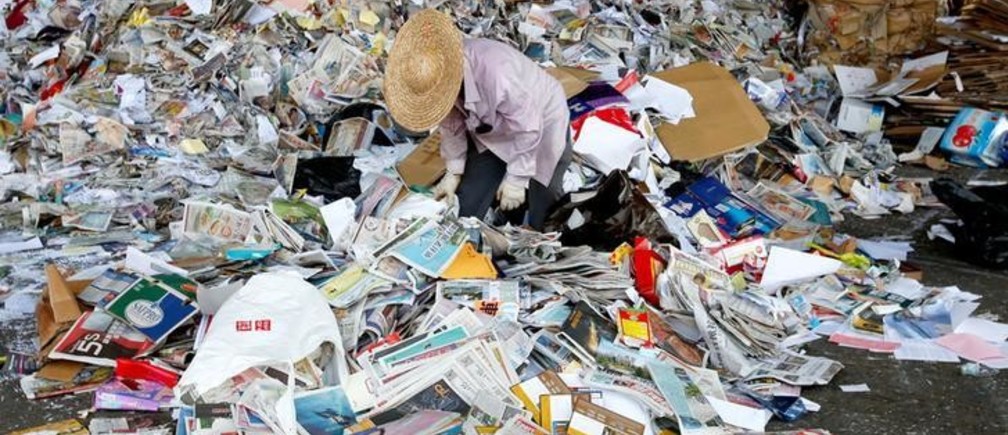The dominant position that China holds in global manufacturing means that for many years China has also been the largest global importer of many types of recyclable materials. Last year, Chinese manufacturers imported 7.3m metric tonnes of waste plastics from developed countries including the UK, the EU, the US and Japan.
However, in July 2017, China announced big changes in the quality controlplaced on imported materials, notifying the World Trade Organisation that it will ban imports of 24 categories of recyclables and solid waste by the end of the year. This campaign against yang laji or “foreign garbage” applies to plastic, textiles and mixed paper and will result in China taking a lot less material as it replaces imported materials with recycled material collected in its own domestic market, from its growing middle-class and Western-influenced consumers.
The impact of this will be far-reaching. China is the dominant market for recycled plastic. There are concerns that much of the waste that China currently imports, especially the lower grade materials, will have nowhere else to go.
This applies equally to other countries including the EU27, where 87% of the recycled plastic collected was exported directly, or indirectly (via Hong Kong), to China. Japan and the US also rely on China to buy their recycled plastic. Last year, the US exported 1.42m tons of scrap plastics, worth an estimated US $495m to China.
Click here to go to the original source


